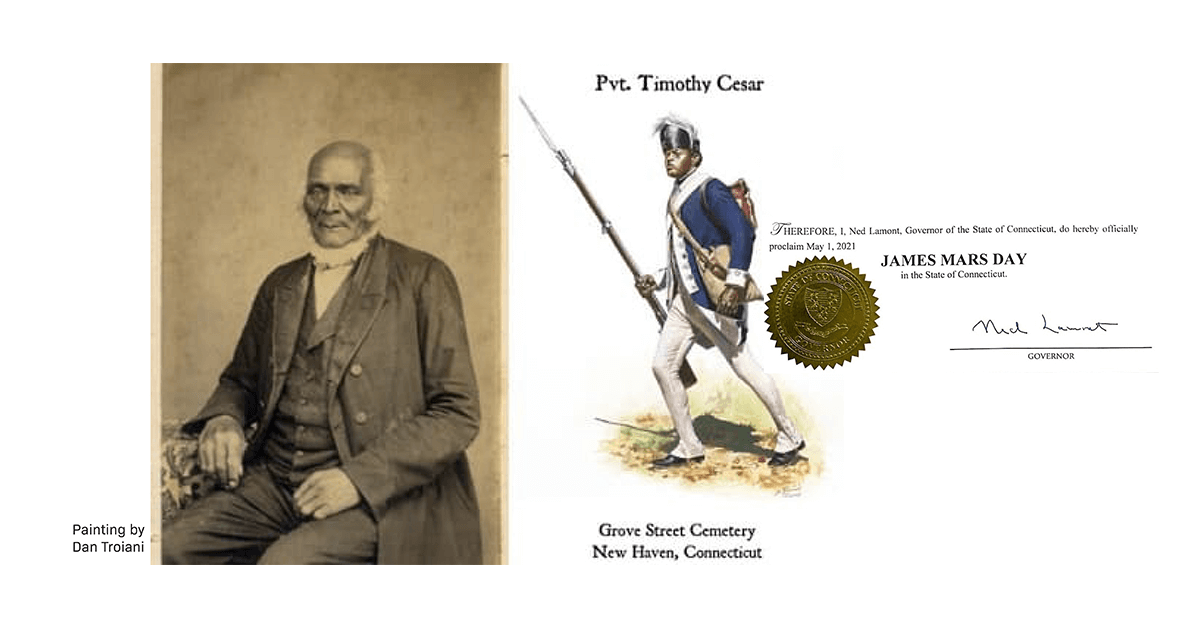I wasn’t happy with my school experience in New York City. I wanted more. This class at the Salisbury School (CT) has not only given me more but has also exceeded my wildest expectations about how enjoyable meaningful learning can be. It is now year two, and the course has shown no signs of losing momentum.
A class where all students earn an “A+” might sound suspicious to someone on the outside, but after seeing what we have been able to produce, a better question would likely be “can students earn a higher grade than A+?”
For example, if I were to Google “James Mars Day.” I would immediately see:
“May 1st: Salisbury — May 1 has been decreed James Mars Day, and a Witness Stone will be placed to mark the state’s proclamation of the recognition. Apr 26, 2021”
Google more, and you will find newspaper articles about the day, a highlight reel we produced, as well as a timeline of James Mars’s life. These are all simply a result of the drive that my classmates and I have experienced in doing meaningful work that we enjoy. A grade attached to this work…


